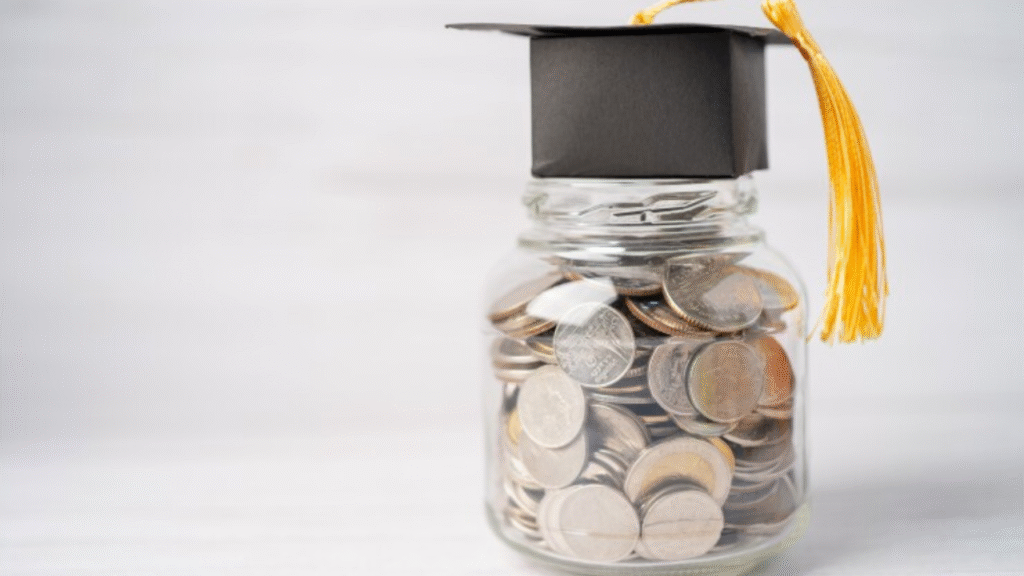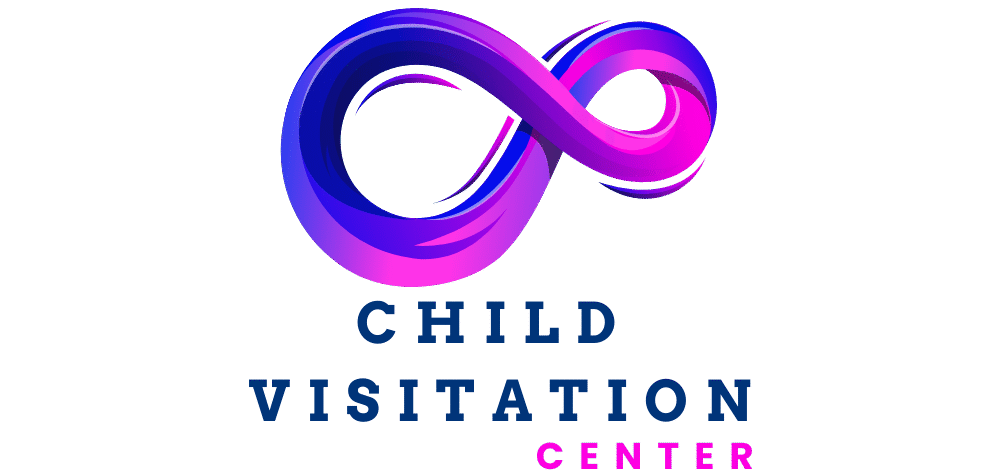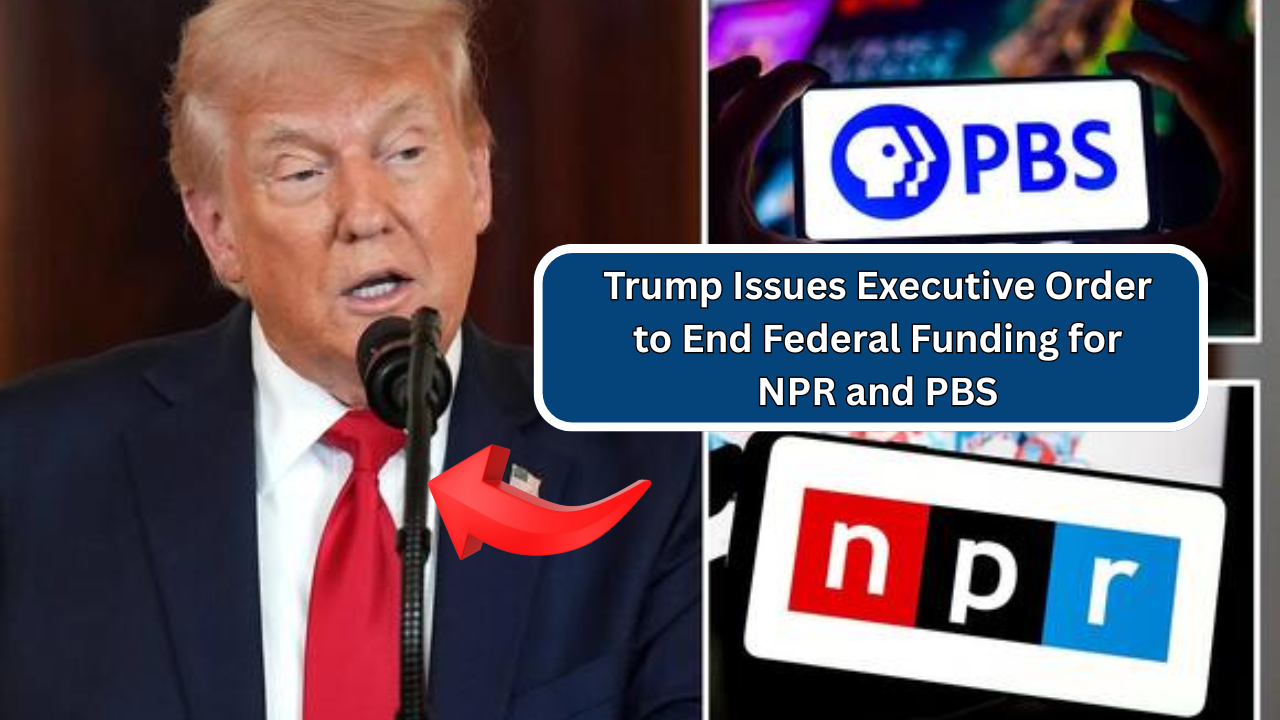Student loan debt has become a significant issue for many Americans, with millions struggling to meet their repayment obligations. If you’re facing difficulty in paying off your student loans, it’s crucial to know that there are various forms of assistance available. These options can help you manage your debt and, in some cases, even reduce the amount you owe. Here’s a guide on the steps you can take if you can’t pay your student loan.
1. Income-Driven Repayment (IDR) Plans
One of the most effective ways to manage federal student loan debt is through Income-Driven Repayment (IDR) plans. These plans adjust your monthly payments based on your income and family size, which can significantly lower the amount you owe each month.
There are several IDR plans to choose from:
- Income-Based Repayment (IBR)
- Pay As You Earn (PAYE)
- Income-Contingent Repayment (ICR)
- Saving on a Valuable Education (SAVE) Plan (Note: the SAVE plan is currently unavailable due to legal challenges).
Under these plans, your payments could be reduced to as low as $0 a month if your income is low enough. After a specified number of qualifying payments, your remaining loan balance could be forgiven. However, bear in mind that forgiven loans might be taxed as income. Federal Student Aid
2. Deferment and Forbearance
If you are temporarily unable to make your loan payments due to financial hardship or other circumstances, you might qualify for deferment or forbearance.
- Deferment allows you to temporarily pause payments on your loan without accruing interest on certain types of loans, such as subsidized federal loans. You might qualify for deferment if you’re unemployed, in school, or experiencing financial hardship.
- Forbearance, on the other hand, allows you to temporarily reduce or stop your loan payments. However, interest continues to accrue on most loans, including unsubsidized loans, during this period. While forbearance can be granted for up to 12 months at a time, it’s important to use this option cautiously as it can increase the total amount you owe over time.
3. Loan Rehabilitation and Consolidation
If you’ve defaulted on your student loan, there are two options to restore your loan to good standing: loan rehabilitation and loan consolidation.
- Loan Rehabilitation involves making nine on-time monthly payments (often based on your income). Once completed, your loan will be taken out of default, and the default status will be removed from your credit report. Loan rehabilitation is often the best choice if you want to regain control over your loan and improve your credit score.
- Loan Consolidation allows you to combine multiple federal loans into one loan with a single monthly payment. This option can simplify your debt management and make it easier to qualify for alternative repayment plans. However, consolidating your loans does not remove the default status, so if you are in default, this may not be the best option for you.

4. Loan Forgiveness Programs
Federal student loans may be eligible for loan forgiveness through specific programs, such as the Public Service Loan Forgiveness (PSLF) program. This program is available to individuals working in qualifying public service jobs, such as government, nonprofit, or education-related work.
Under PSLF, after making 120 qualifying monthly payments while working full-time in a qualifying position, you may have your remaining loan balance forgiven. It’s important to note that only payments made under an Income-Driven Repayment plan are eligible for forgiveness under this program.
Other loan forgiveness options may be available for certain professions, including teachers, nurses, and those working in underserved areas.
5. Employer Assistance and State Programs
In some cases, your employer or state government may offer student loan repayment assistance. Many employers provide student loan repayment benefits as part of their benefits package. Additionally, some states have loan repayment assistance programs for workers in critical fields like healthcare, teaching, or law enforcement.
Check with your employer or visit your state government’s website to find out if you qualify for any loan assistance programs.
6. Explore Other Options
If you are still unable to manage your student loan debt, consider seeking help from a student loan counselor or financial advisor. These professionals can help you explore additional options, including bankruptcy (in very rare cases) or negotiating your debt with your lender.
Be sure to explore all available options before making any decisions, as not all solutions will work for everyone.
Conclusion
If you’re struggling to repay your student loan, remember that you don’t have to face the burden alone. Many federal programs and options exist to help you manage, reduce, or even forgive your debt. Whether through income-driven repayment plans, deferment, loan rehabilitation, or employer assistance, there are pathways to provide relief and prevent your situation from worsening.
Be proactive in contacting your loan servicer to discuss your options, and make use of the resources provided by the U.S. Department of Education and other organizations.


